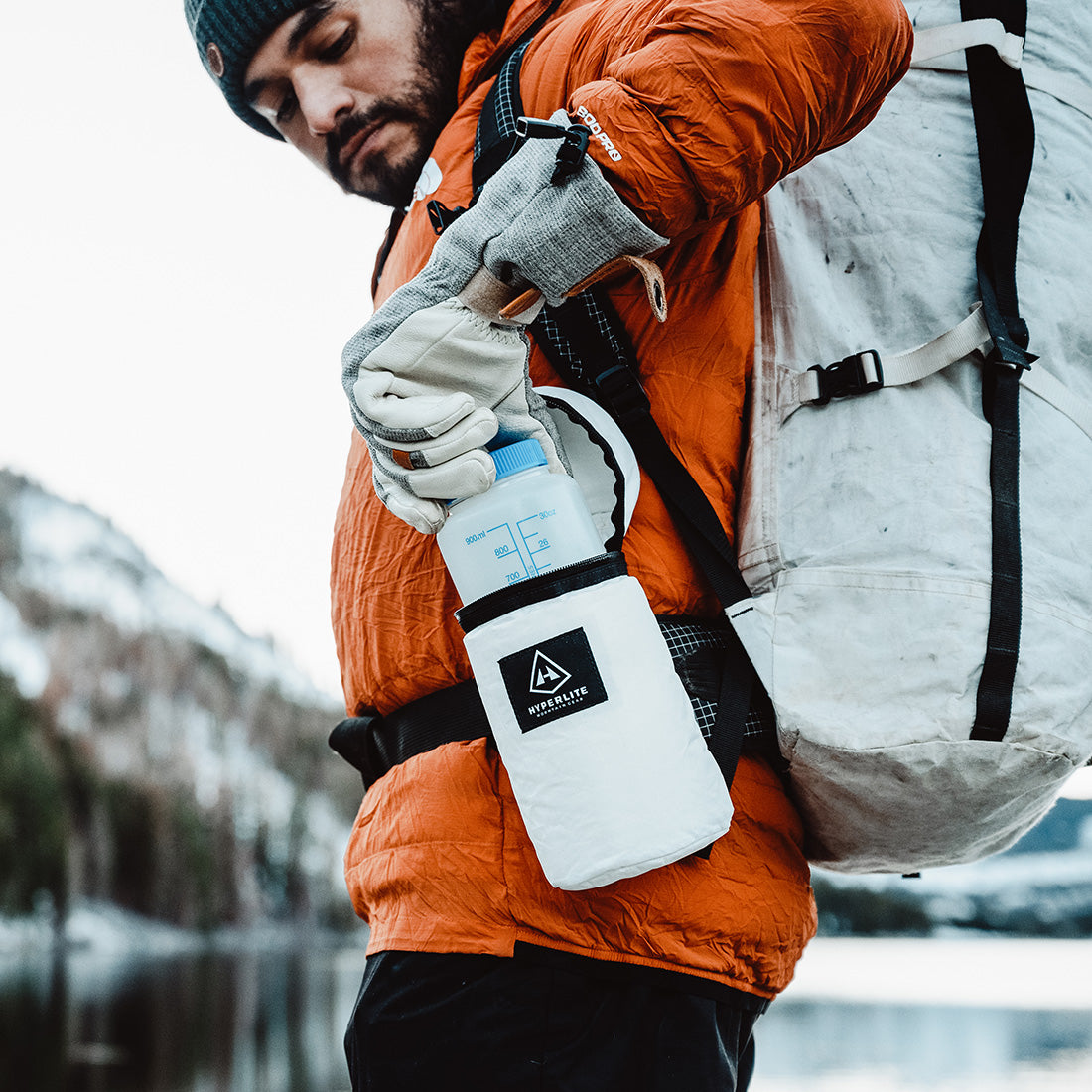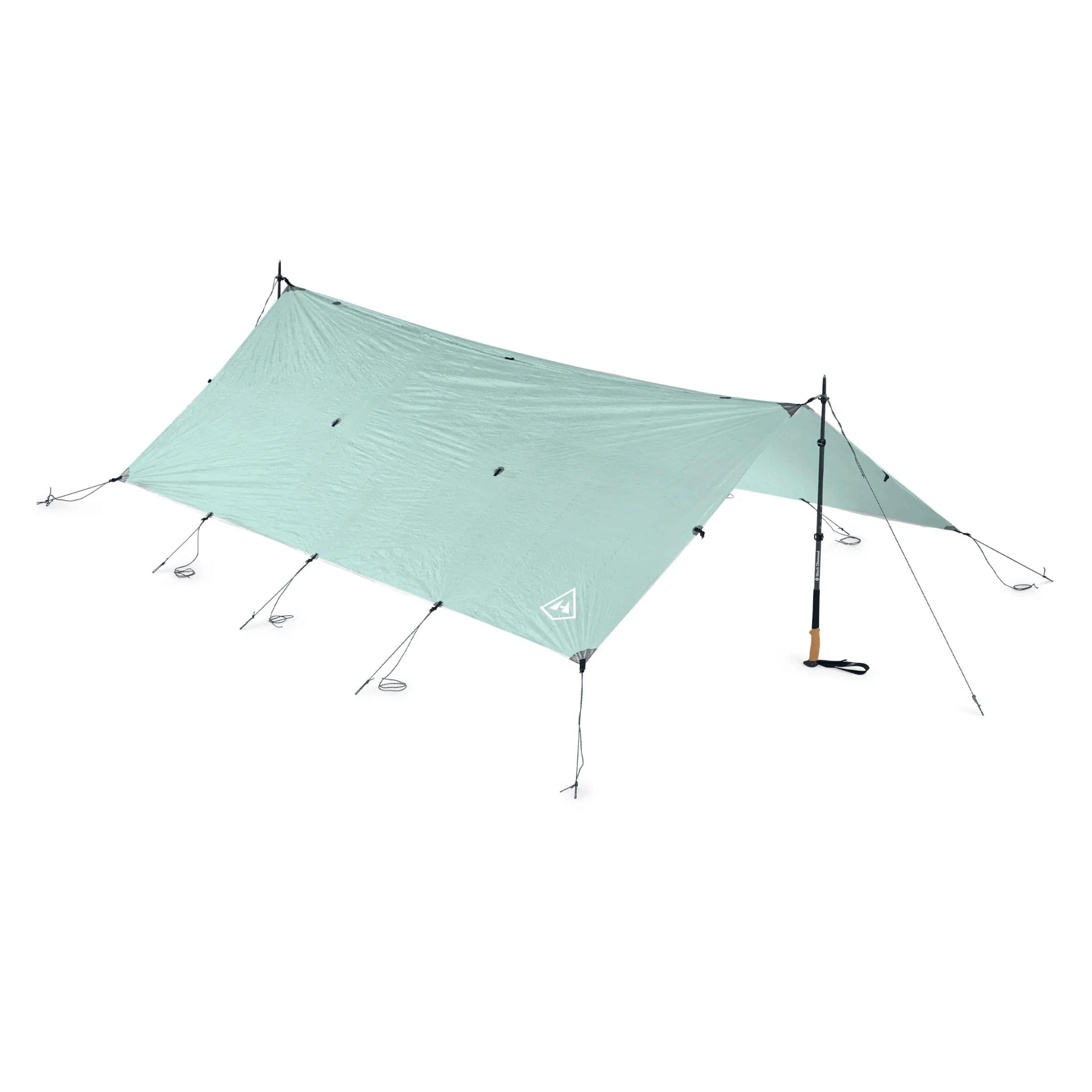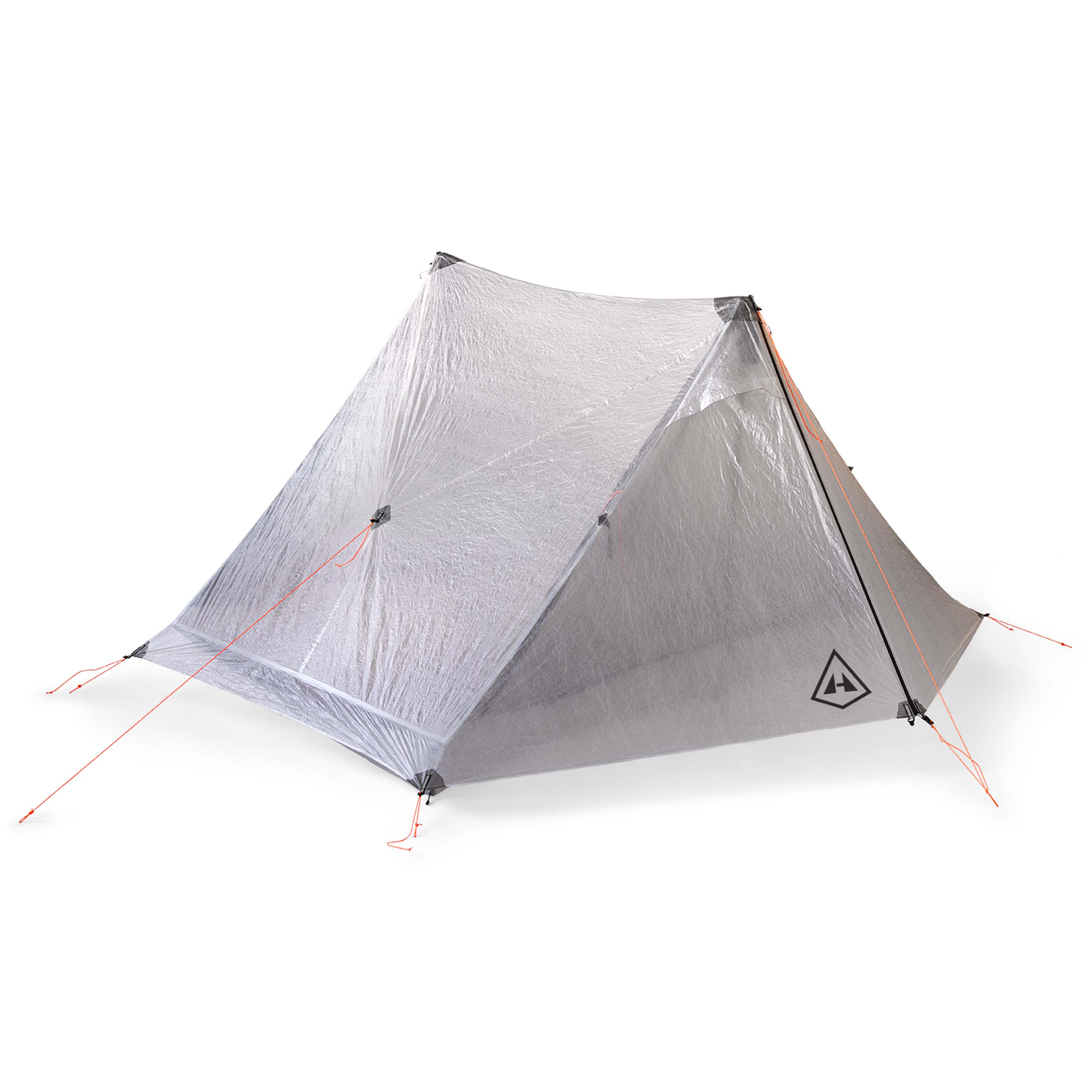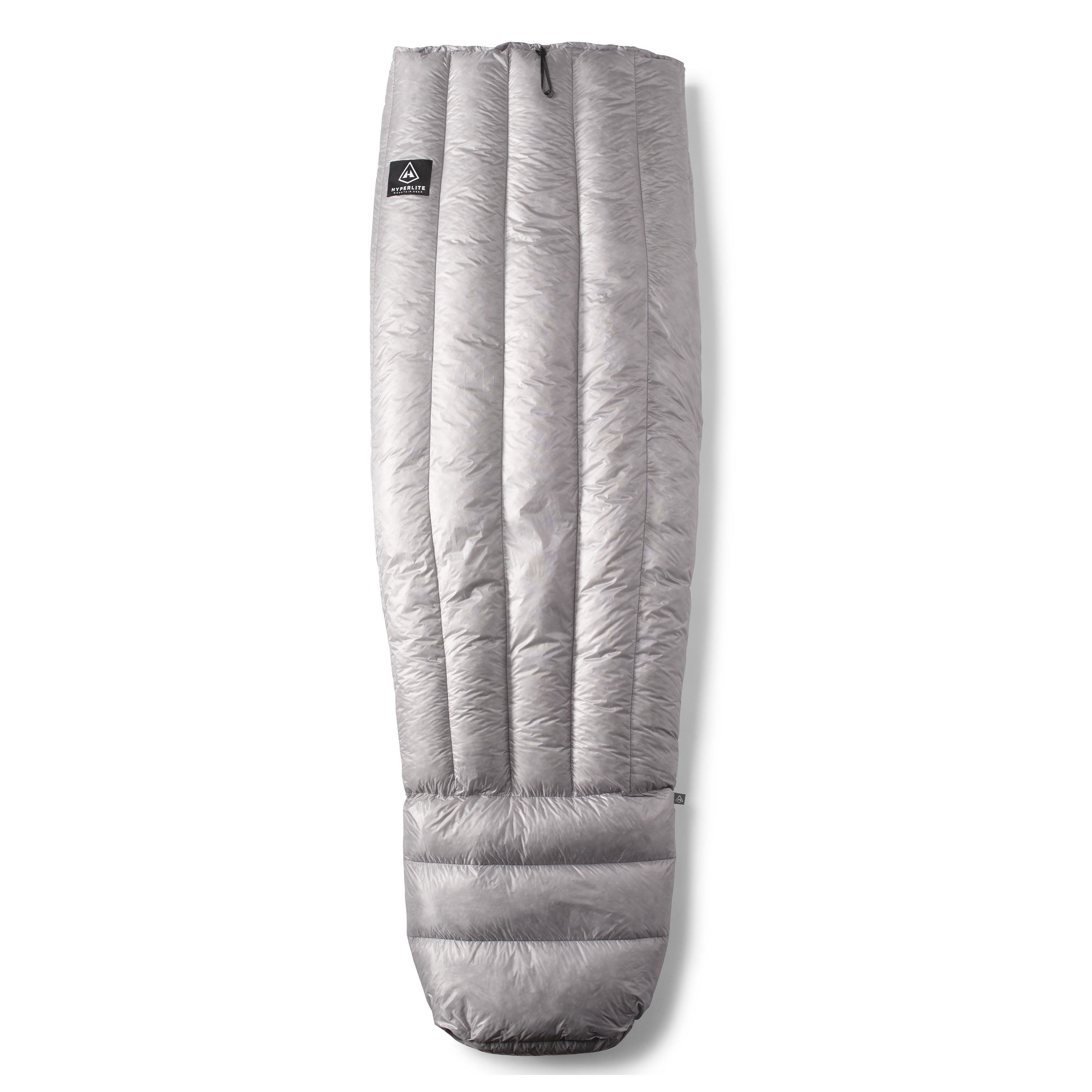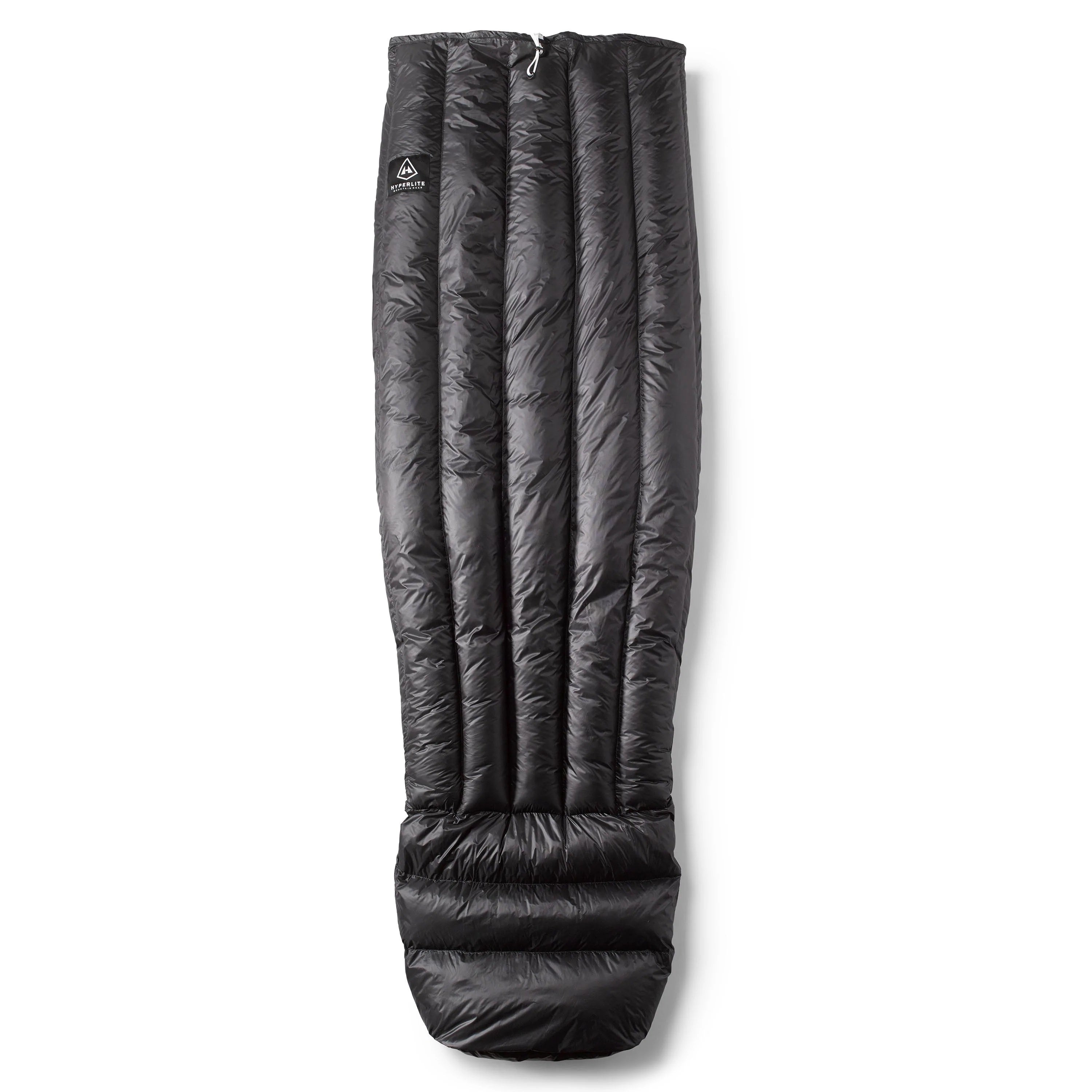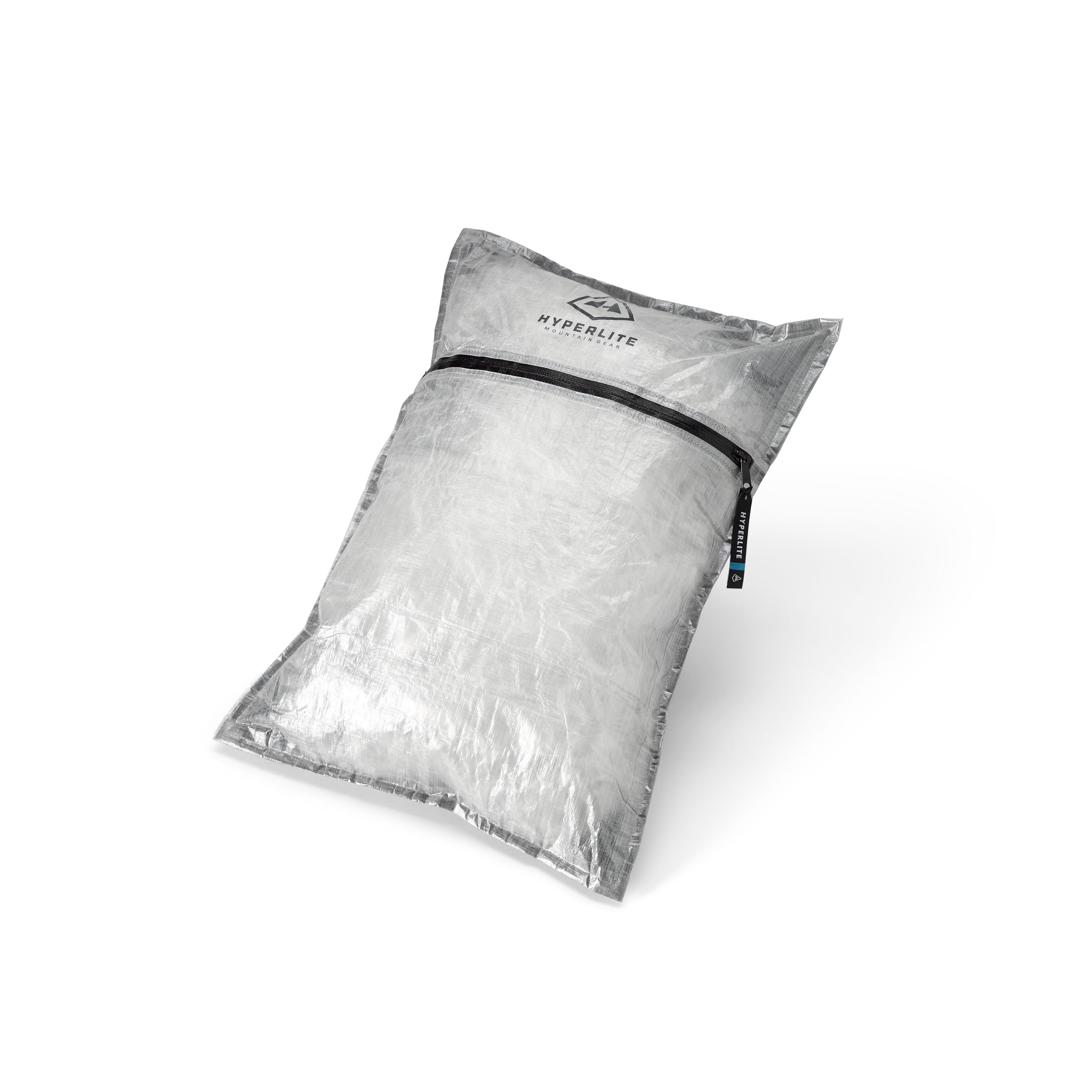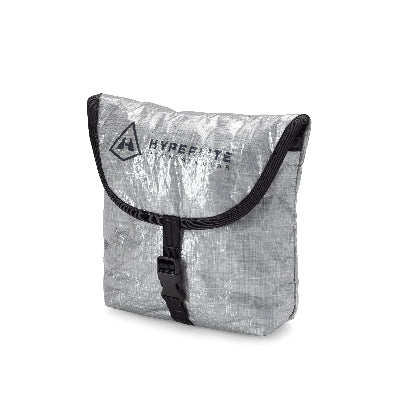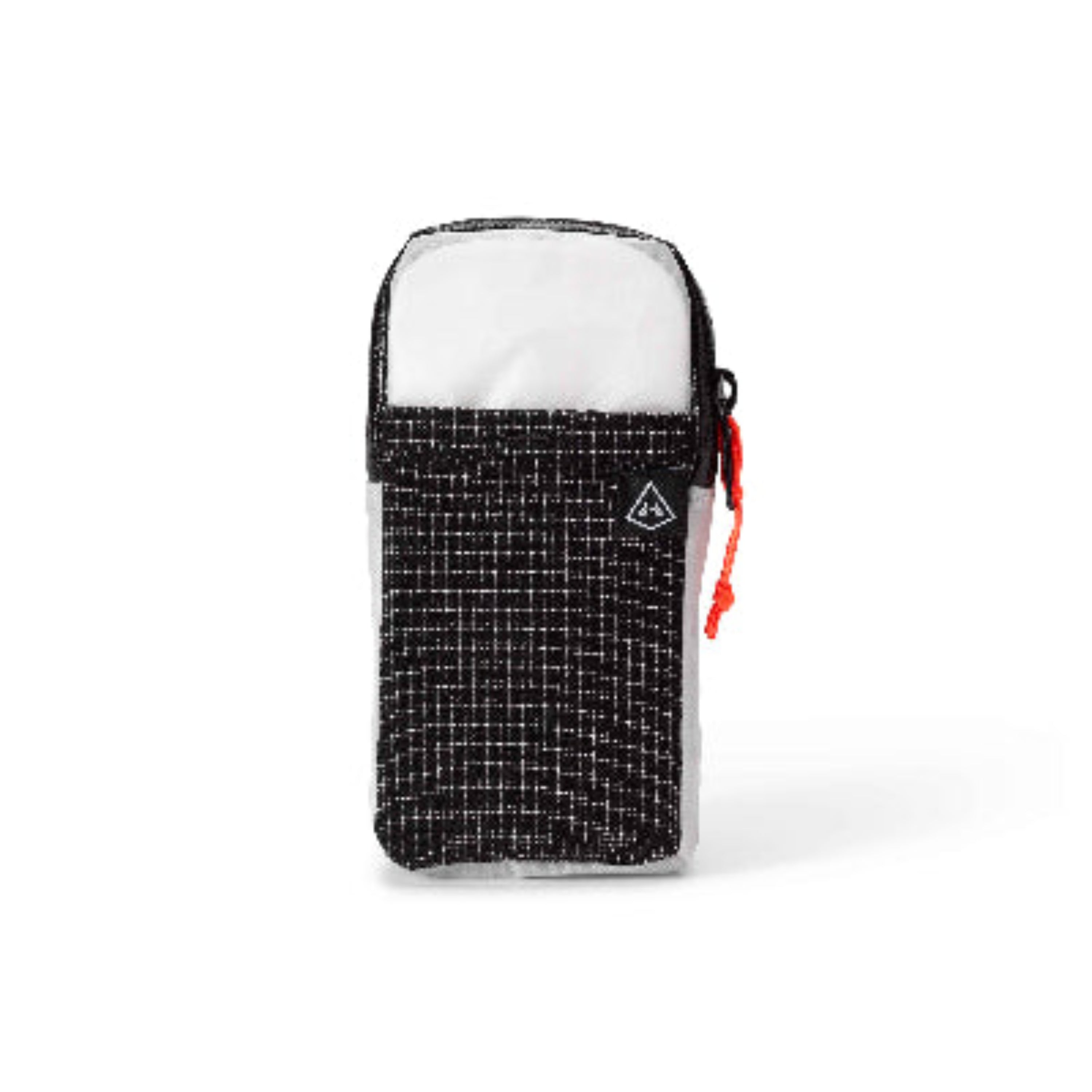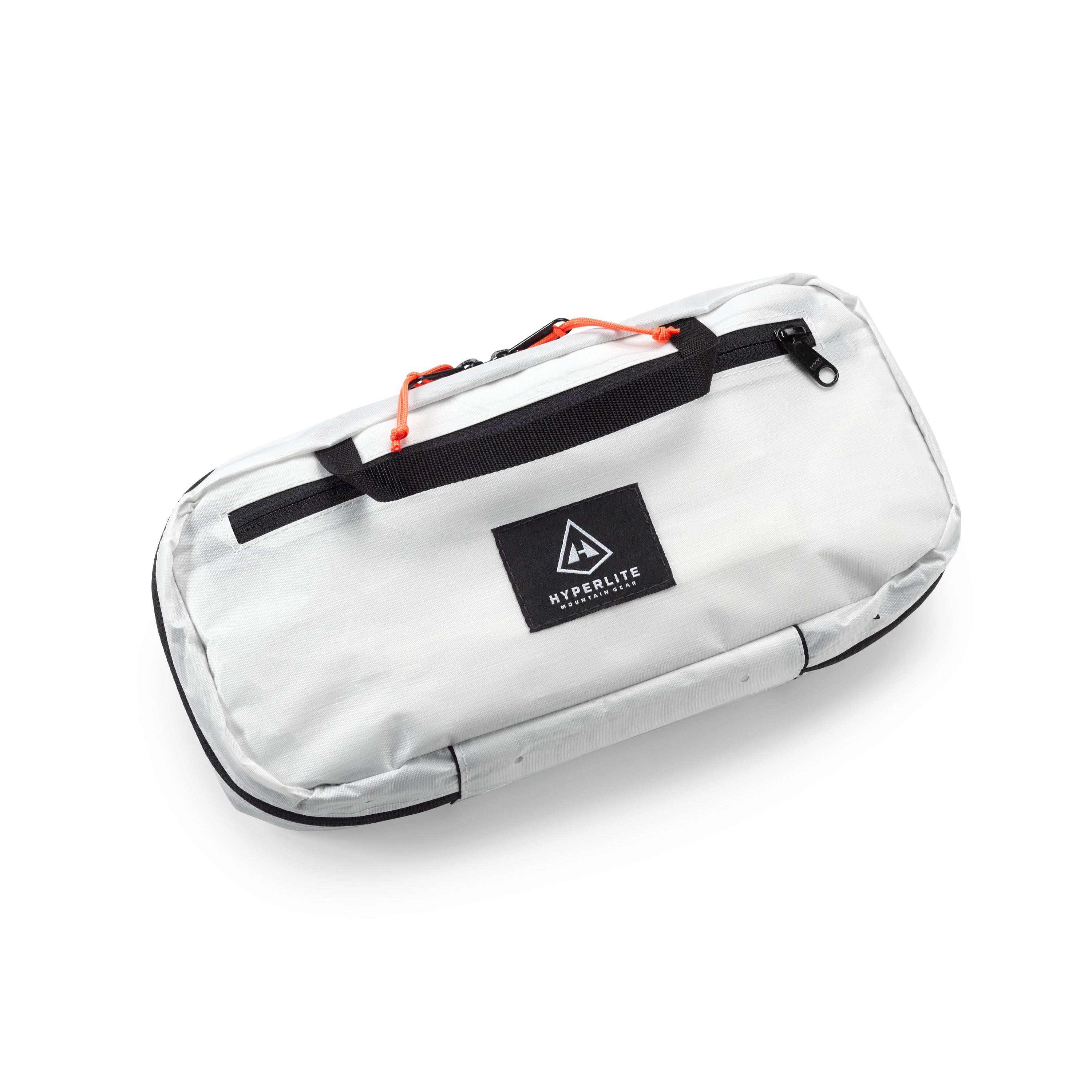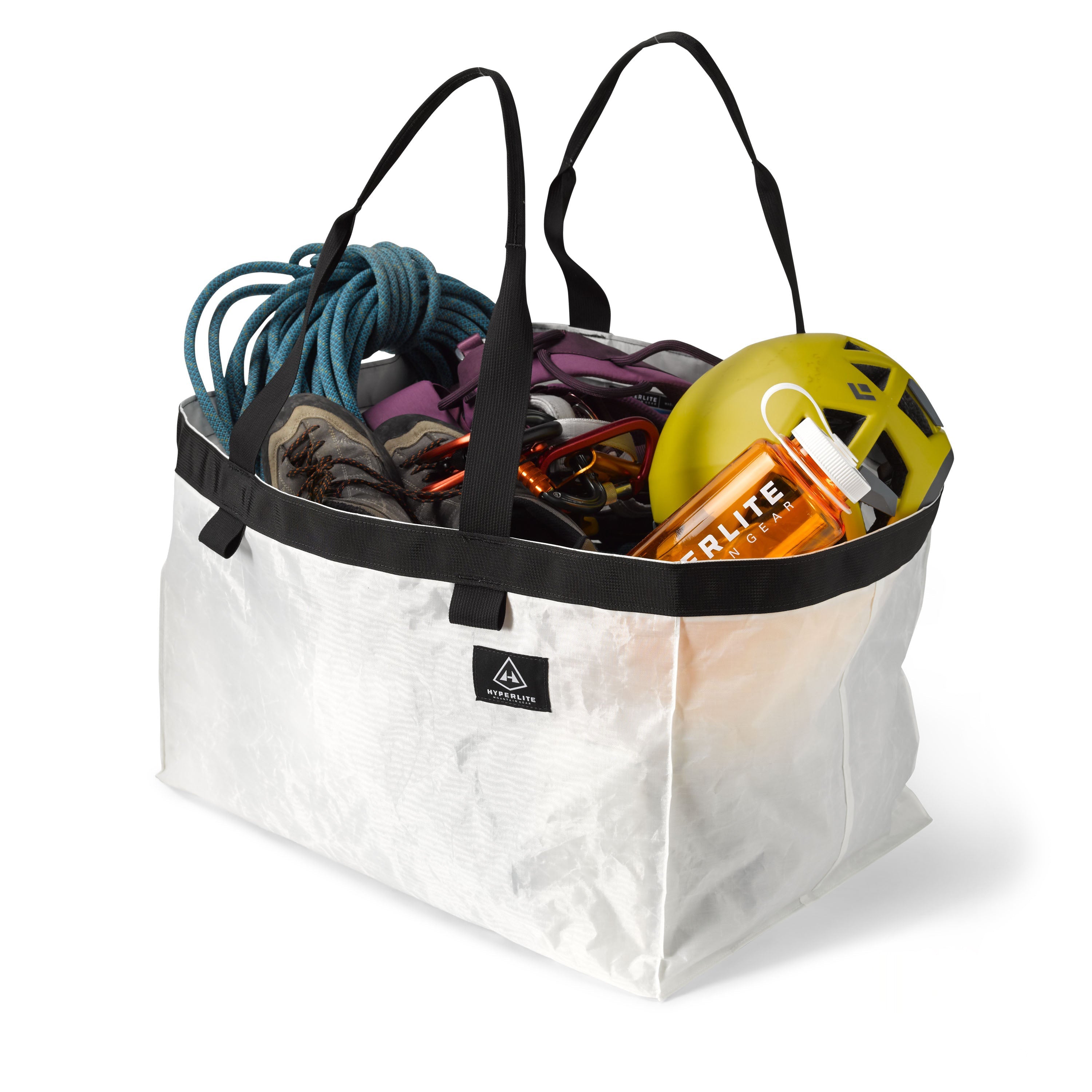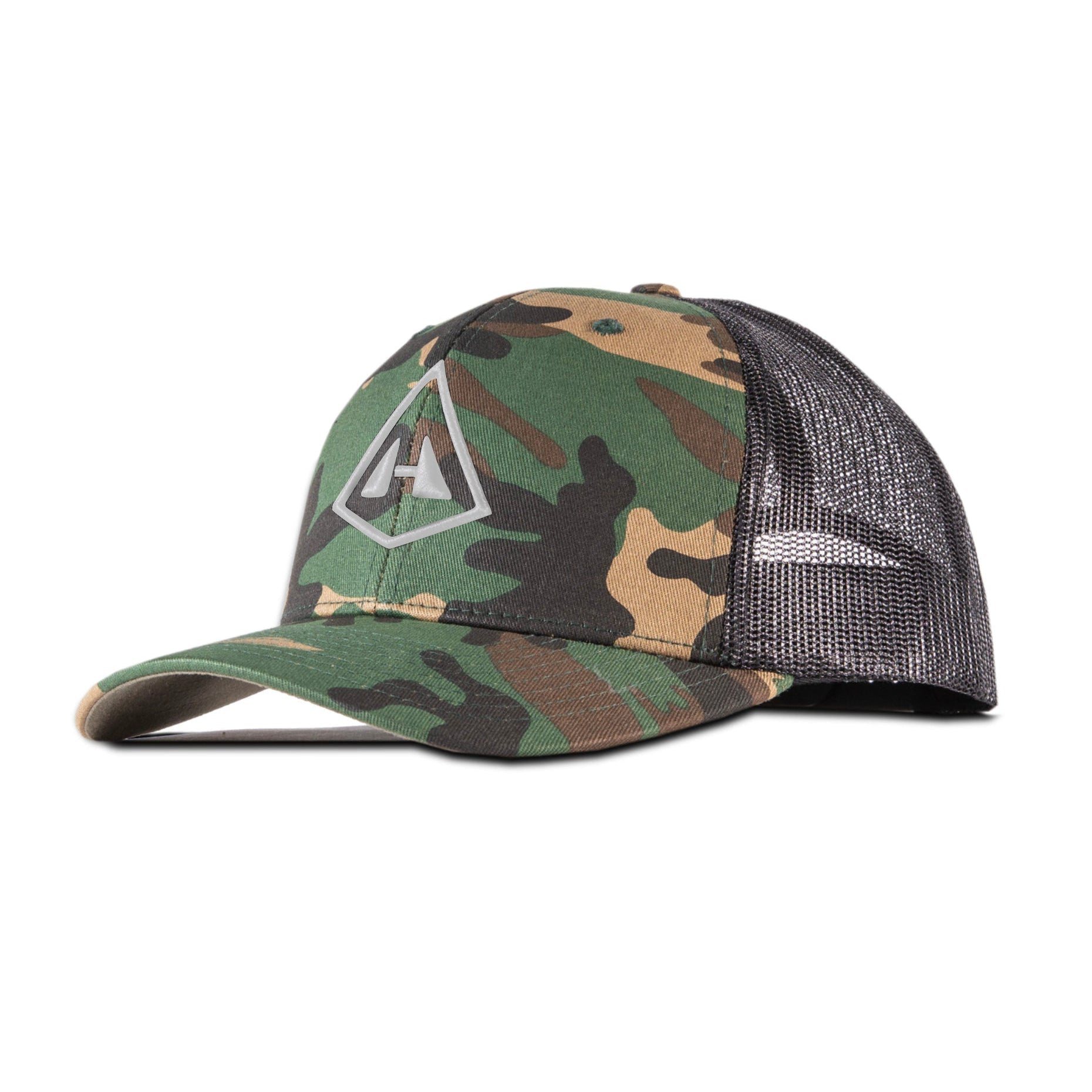
Words & photos by Andrew Altepeter.
I had a blast this summer working with some skilled and wonderful co-instructors and some great student groups. On our twenty-eight day mountaineering course in the Wind River Range we experienced a spectrum of weather catching wintery conditions early in the summer that eventually transitioned into some sunny days. After working hard to push through snow and rain storms for most of the first half of the course we were blessed with a weather window and climbed Gannet Peak, Wyoming’s highest at just over 13,800’. Then after a fun time in the Wind Rivers and just a few days in town it was off to the Beartooth Mountains in Montana to instruct a leadership training for midshipmen at the USNA. On this course we experienced the opposite weather progression…clear skies trending to days of very early build-up and thunderstorms. Our technical focus on this expedition was off trail travel and we managed to get many solid fishing days in as well.
In addition to being a fun and adventurous summer it was also very rewarding as an educator. While we have core technical and leadership curriculum that we deliver on our courses, no experience is ever the same. To be involved with a group where individuals come together as a team to accomplish big challenges is a magical thing. A couple of my highlights include coaching a student as she confidently led our rope team to the summit of Gannett Peak and working with the midshipmen as they developed and implemented interpersonal skills when their team faced adversity.

All the while we had a good time talking about lightweight hiking and lightweight backcountry systems. Early on in the courses my students chuckled as they noticed that some of my methods were humorously more minimalist than theirs. I ate from my 500ml titanium mug pot with mini titanium spork, carried just enough toothpaste for each ration period in a ¼ oz Nalgene container, brought just enough dental floss in pre-cut strips, carried a simple Tenkara fly rod for fishing, used a small Thermarest Xlite pad in combination with the 4400 Ice Pack to sleep on…OK I guess it’s a bit weird to be that attentive to gear choices, but after a few long days in the mountains the chuckles turned into curiosity and students were looking for ways to ditch weight and bulk from their systems. At re-supplies it was fun to see them modifying and sending gear out, breaking their toothbrushes in half (you don’t need the last couple of inches on that handle!), ditching their dental floss containers (you just need the inner contents!), throwing away extra toiletries, etc.
Taking a critical look at all parts of your backcountry system can lead to great rewards not only in weight reduction but bulk reduction. As I have learned where to get rid of bulk in my systems, I now require less volume in a backpack, which allowed me to carry a smaller and lighter backpack this summer (70 liter 4400 Ice Pack at 2.55lb) than is typical for a month long expedition (80+ liter pack at 4+lb). This of course is one area where the greatest weight savings can be made as the backpack, sleep system and shelter are collectively known as the “big three”. Including one liter of fuel, one liter of water and eleven days of food, I still managed to weigh in under 60 pounds for total pack weight as I left town for the mountaineering course and it was very straightforward to pack. I had options for carrying more if a team member needed help, and I found that the pack still carried well. And as food and fuel were consumed over a ration period, the pay-off for a detailed approach to gear selection became more and more evident.

As far as the Hyperlite Mountain Gear ultralight 4400 Ice Pack, I found the simple and streamlined crampon and ice axe attachments to work very well for mountaineering and the bungee for the crampons was simple to remove to streamline the pack for backpacking in the Beartooths. I greatly appreciated the detachable hip belt as removing it made for a light and nimble summit pack on Gannett Peak and other day trips. In the Beartooths I often wore the hip belt by itself as a tactical fishing hip pack since I had the optional hip belt pockets. I am looking forward to a full fall schedule including working mountaineering and rock climbing courses in the Pacific Northwest and eventually a skiing course in Wyoming. The learning and honing of lightweight hiking and lightweight outdoor systems continues!
– Andrew Altepeter is an instructor for the National Outdoor Leadership School (NOLS)
The post Lightweight Hiking with Andrew Altepeter #2 appeared first on Hyperlite Mountain Gear Blog.



